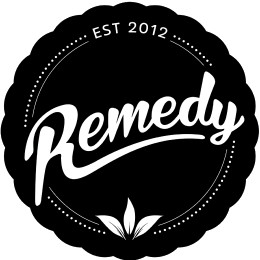Ginger (Zingiber officinale) is a flowering plant whose rhizome, or ginger root, is widely used as a spice and in traditional medicine. Originating from Southeast Asia, ginger has a long history of use in various forms of traditional and alternative medicine. It has a very distinct flavour, which can be described as hot, zesty, and sweetly aromatic. Its unique fragrance and flavour are due to its natural oils, the most important of which is gingerol.
Gingerol is the main bioactive compound in ginger, responsible for many of its medicinal properties, such as its anti-inflammatory and antioxidant effects.
At Remedy, we buy fresh ginger and crush it on site! Sometimes it's only been out of the ground for 3 days before it's in our bottles and cans. We like to think that's what makes our ginger bevvies taste so darn' good.
WHY PEOPLE LOVE IT
-
Ginger can provide gastrointestinal relief and may help alleviate symptoms of nausea and vomiting. Yep, your nan was onto something!
-
It may have inflammatory and anti-oxidative effects that can help reduce inflammation in the body.
-
Ginger also contains antioxidants, which may help to neutralise harmful free radicals in the body and reduce oxidative stress.
WHAT REMEDY BEVVIES IT'S IN
Remedy Kombucha Ginger Lemon
Remedy Switchel ACV Blood Orange
Remedy Digestion Shot
REFERENCES
